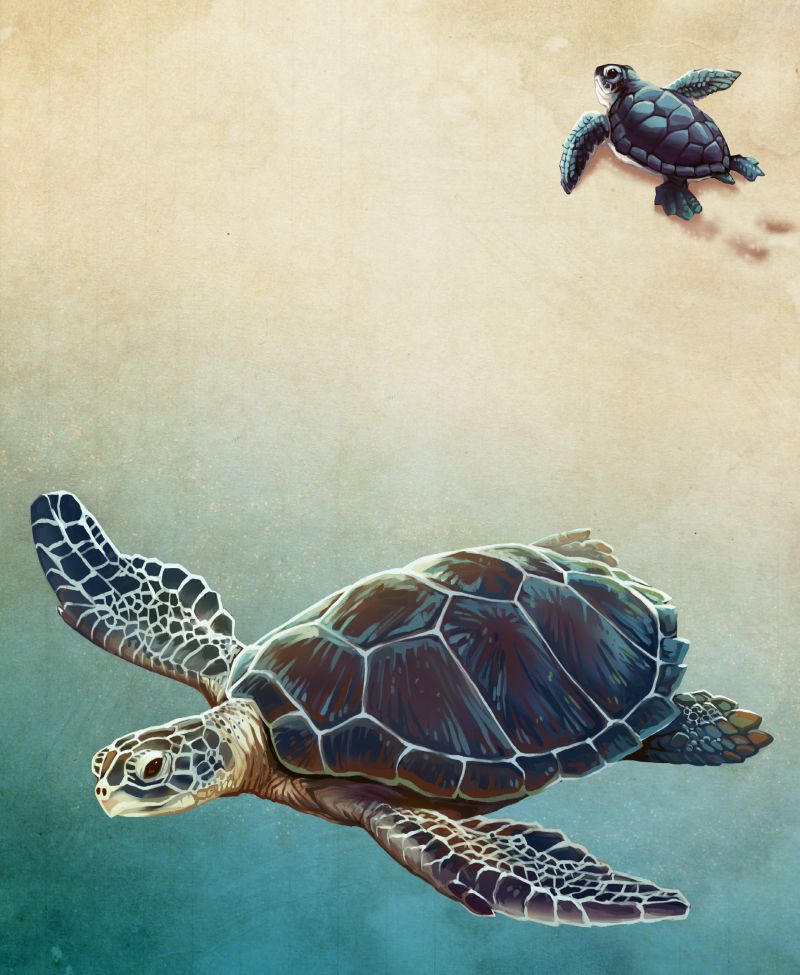Despite their great size, long lifespan (50-plus years), and an armor-like shell that helps protect them from natural predators such as sharks, Caretta caretta has been listed as “threatened” under the U.S. Federal Endangered Species Act since 1978. With nesting season starting this month, brush up on your loggerhead knowledge

RESIDENT REPTILE The loggerhead remains the most common sea turtle in the Southeastern United States, nesting along the Atlantic coast of the Carolinas, Florida, and Georgia, as well as along the coast of the Gulf of Mexico.
AGAINST ALL ODDS Beachfront development has destroyed traditional nesting sites, and even after eggs are tucked into sandy nests, they’re vulnerable to raiders like raccoons, ghost crabs, and digging dogs. One hatchling in a thousand will make it to adulthood; then they contend with trawlnets, ocean pollution, and boat strikes.
HEADS ABOVE Named for their oversized heads, these saltwater reptiles weigh 155 to 375 pounds in adulthood. Their carapace (top shell) can be more than three feet long.
BIG GIRLS DON’T CRY Onlookers have reported that tears roll from a mother’s eyes as she lays her eggs—usually in the very same place where she hatched. In truth, all loggerheads continuously produce these secretions to balance the level of salt in their bodies and flush sand from their eyes.
TURTLE POWER At press time, seven ill or injured loggerheads were on the patient roster at the South Carolina Aquarium’s Sea Turtle Care Center. The “Zucker Family Sea Turtle Recovery” exhibit opened last May to give visitors insight into the healing process.
EGG-O-NOMICS About 120 leathery eggs typically fill a nest, with temps inside determining the hatchlings’ gender (higher heat leads to females). Clambering from the nest together after dark, hatchlings are drawn to the sea by the reflection of the moon or stars on the water—unless man-made illumination leads them in the wrong direction.
STATE STATS The S.C. Department of Natural Resources reported 5,233 loggerhead nests last summer. It’s a decrease from 2016’s state record of 6,446, but still “We believe we are beginning to see the impacts of decades of sea turtle conservation come to fruition,” says SCDNR’s Erin Weeks. Follow this year’s count at dnr.sc.gov/seaturtle.